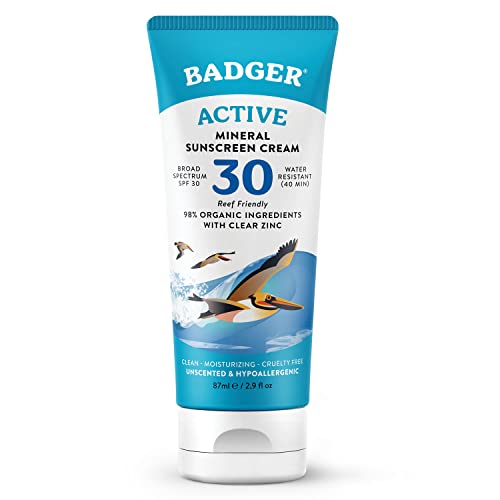taichimaster
Well-known member
Nice thread. Sorry if I missed it but are you planning on having a fan?

It may be cheap but i have to tell you for the price it is extremely effective. it uses LED Christmas lights inserted into predrilled holes in plexy. light is spread evenly and looks outstanding at night. second picture shows better. let me know what you think!!!!













Todd, here is the program. Its called Google Sketchup and you can get it for free.
Google SketchUp
This is a very simple and easy to use program. If you have questions, just ask away.
Here is the video tutorial.
Training Videos
And here is where you download all those models if you dont want to create one.
3dwarehouse Also owned by google.
what template did you use for fish tank?
Very nice work and write up Cesar!! Very clean install. Looking forward to seeing how this thing lights up a tank!